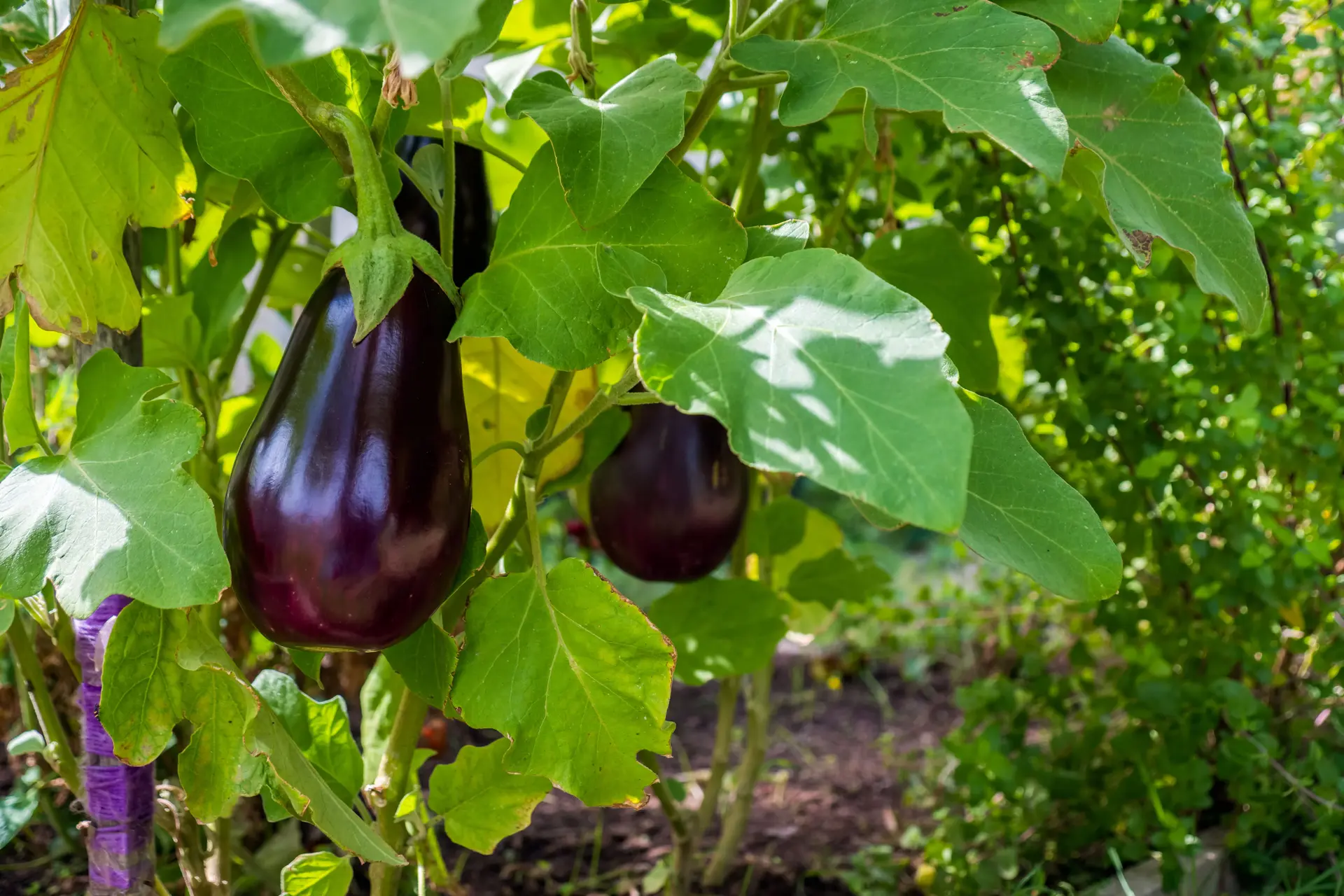Do you happen to look for specific lettuce companion plants? My co-plant parent, you have found the right article! While your favorite salad bowl veggies are relatively fuss-free and easy to grow, they can do better, sharing the same space with other crops. The benefits–often tied to the crop's ability to confuse pests, attract beneficial insects, and soil-improving wonders–are so enticing that it will leave you questioning which one to choose! So, without further ado, stay on your browser as we show you this fantastic group of greenheads!
Benefits of Companion Planting Lettuce
Companion plants for lettuce offer enticing benefits not only with the main crop but also your entire garden's health! They are known to:
Discourage leaf-eating insects
Lures garden friends like bees, wasps, and pollinators
Reduce soil erosion and nutrient leaching
Increase the soil nutrients
Increase beneficial microbes' activity
Suppress weed emergence
Conserve the soil moisture.
What Is Best to Plant Next to Lettuce?
The best plant next to lettuce would be something that possesses insect-thwarting characteristics and has similar growth requirements to prevent competition. It also depends on certain goals you want to achieve this cropping season. However, we would say that herbs, like onions, are the best companion plants for lettuce because they tick the list of characteristics above!
Best Companion Plants for Lettuce by Categories
Companion planting lettuce comprises a handful of crop species–from flowers to herbs or from fruits to vegetables. You have plenty of options to choose from! And that includes the following:
Flowers
If you seek landscape aesthetics and ecological functionality, flowers are your answer to what grows well with lettuce.
Marigolds
Marigolds are a garden treasure—admired for their stunning, long-lived flowers blooming throughout summer and for their practical advantage. They help your lettuce become "leafier" without changing its overall quality.
USDA Zones: 2-11
Benefits: Efficient land use, non-aggressive, pollinator's refuge.
Calendula
A sister of marigold, Calendula is your lettuce's darling during the growing season. Its bright flowers draw the attention of many pollinators, sparing your main crop's demise from voracious bugs.
USDA Zones: 2-11
Benefits: Comes yearly (perennial), minimal maintenance
Fruits
The following fruits, known by many as vegetables, are actually a fertilized ovule of the flower, technically placing them in this category. Whichever you classify them, your lettuce will gladly welcome them in your garden!
Cucumbers
Cucumbers can be quite invasive, but they are not bad companion plants for lettuce! Grown early in the season, lettuce can be harvested before cucumbers even develop long vines that can block sunlight and reduce its leafiness! Some gardeners tuck their elongated vines with stakes, keeping them neat, tidy, and non-encroaching.
USDA Zones: 3-11
Benefits: Space maximization, weed suppression, nurse plants
Beans
Bean there, done that–this would be the beans statement if it can speak about its pairing with lettuce. Why? Because it can literally pair any crop, including lettuce! Thanks to its limited canopy spread and good bacteria-friendly roots, its neighbor will have nothing to say but a sincere gratitude.
USDA Zones: 2-11
Benefits: Free nitrogen, better root defense against rot diseases, increased harvest
Vegetables
If you ask what to plant with lettuce, nothing should go wrong with vegetables. Feel free to pick one of the following!
Tomatoes
If you ask can you plant lettuce with tomatoes, the answer is not a definitive yes but is still recommended to do so. Brazilian scientists found evidence by measuring the stress enzymes released by crops. These enzymes may shoot up, affecting the physiological and agronomic yield of both plants when grown side-by-side. However, the benefits of maximizing space and gaining profit are still higher, meaning they are technically compatible!
USDA Zones: 8-11
Benefits: Maximize land use, weed suppression, increase harvest
Eggplants
As a member of the tomato family, eggplant’s effects on the physiology of lettuce are still unknown. However, based on some gardener’s accounts and agronomic studies, their compatibility is unquestionable, with a greater economic advantage compared to monocropping.
USDA Zones: 9-12
Benefits: Maximize land use, weed suppression





